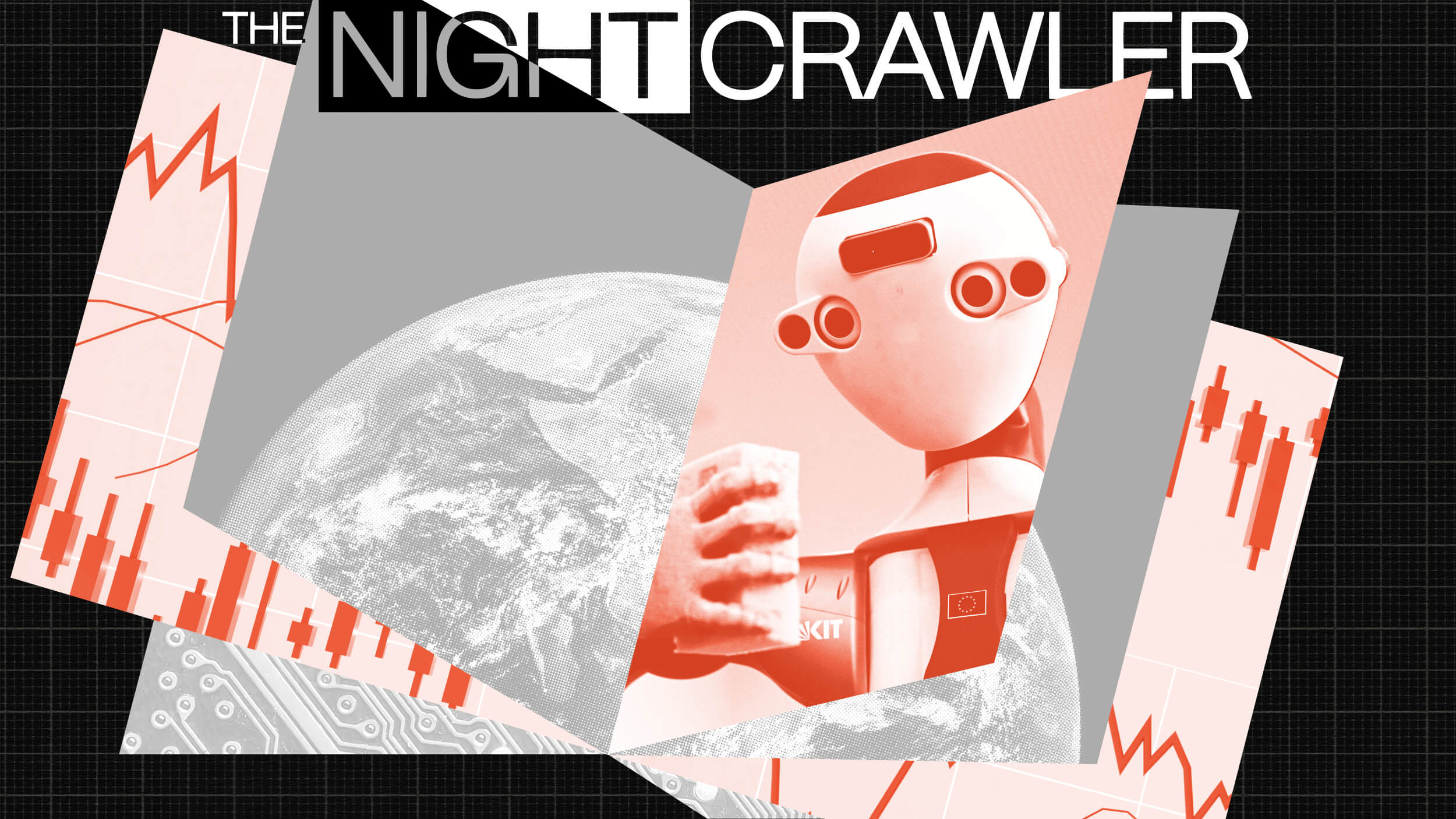How to Predict the World Cup

With the World Cup in Brazil only a day away, the predictions are pouring in from gamblers, analysts, and even investment banks. All of them are trying to guess who will advance in the tournament, as well as who will win it all. But which model is best?
It’s a question that can’t be answered in the course of a single World Cup. Like any individual bettor, a statistical model can get lucky. Just because it predicts the winners correctly this year doesn’t mean it will next year, or indeed ever again. Rather, a good statistical model picks a high proportion of results year after year using the same formula.
Unfortunately, the World Cup only comes along every four years, and its format isn’t always the same. As a result, it can take decades to determine the quality of a prediction model. And even then, the model may be rendered useless for the tournaments to come.
In this situation, what’s a publicity-hungry forecaster to do? Well, here’s a win-win strategy that the most visible predictors may in fact be using. First you have to know who the favorite is, and the bookmakers are virtually unanimous that it’s Brazil. Next you assign a probability of between 45 and 49 percent to Brazil winning the tournament. This way no team has a greater than 50 percent chance of winning, but Brazil is the clear favorite in the “model”.
If Brazil comes through, the statistically naive among the public will say, “The model was right!” If Brazil doesn’t win, you’ll say, “Well, the chance of Brazil losing was greater than 50 percent,” and the public will nod in agreement. Either way, the model looks like it was correct.
I’m not saying that the folks at FiveThirtyEight and Goldman Sachs simply made up their numbers, but at some point they had to decide whether their models seemed reasonable or needed more tweaks. The “seems reasonable” criterion probably had to do with their prior beliefs about the competition, but it may also have depended on the risks they would have taken by going against the consensus.
The easiest way to reduce risk, as my strategy above shows, is to exploit the public’s ignorance. Most people don’t necessarily understand that one tournament is not enough to judge a model. So if you pick an outsider to win, then the dispersion of possible outcomes is huge: you’re a hero, or a goat. But if you go with the safe play, then you’re guaranteed to confirm your wisdom — at least in the eyes of the unwise.
Image credit: Shutterstock





